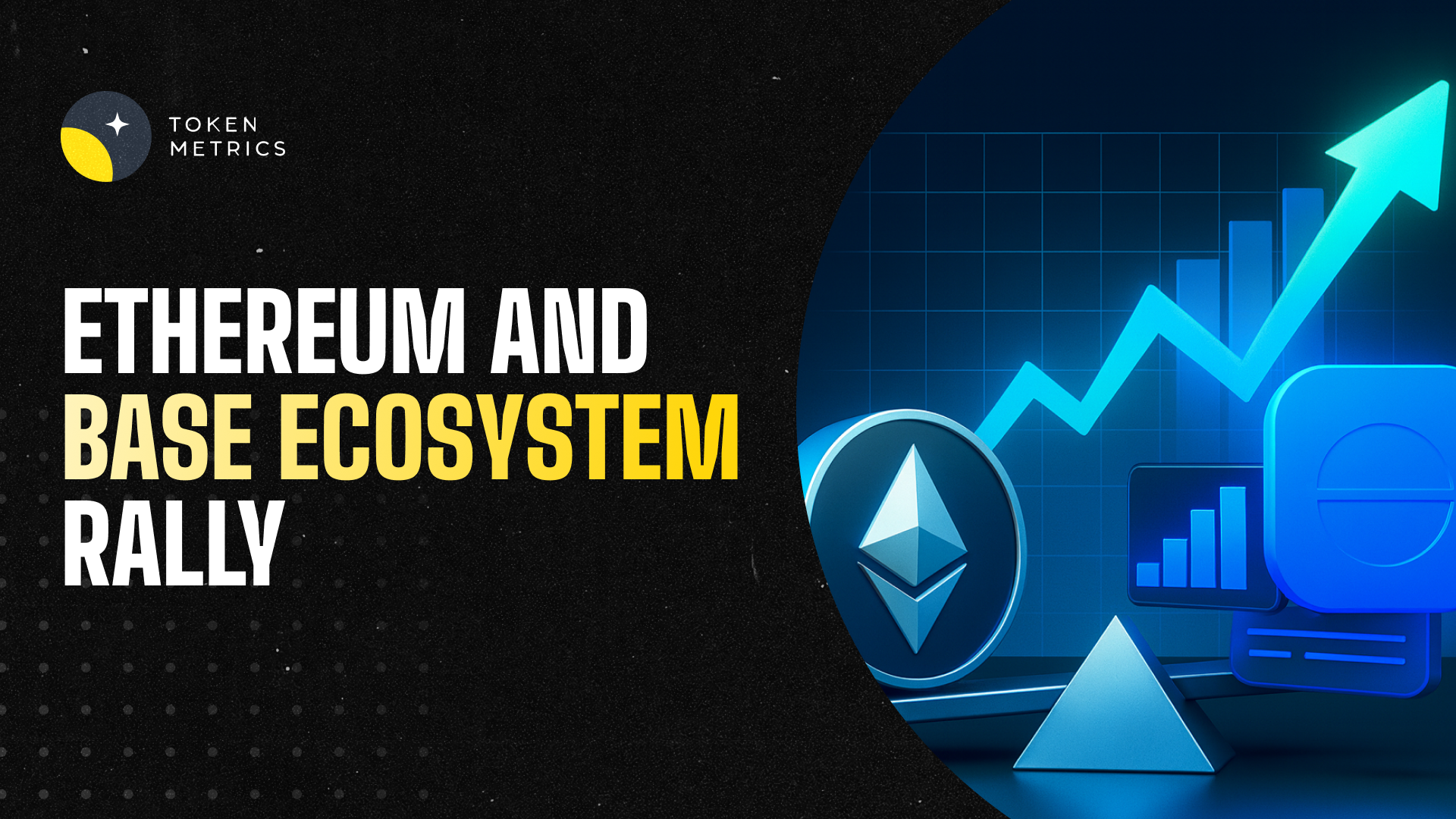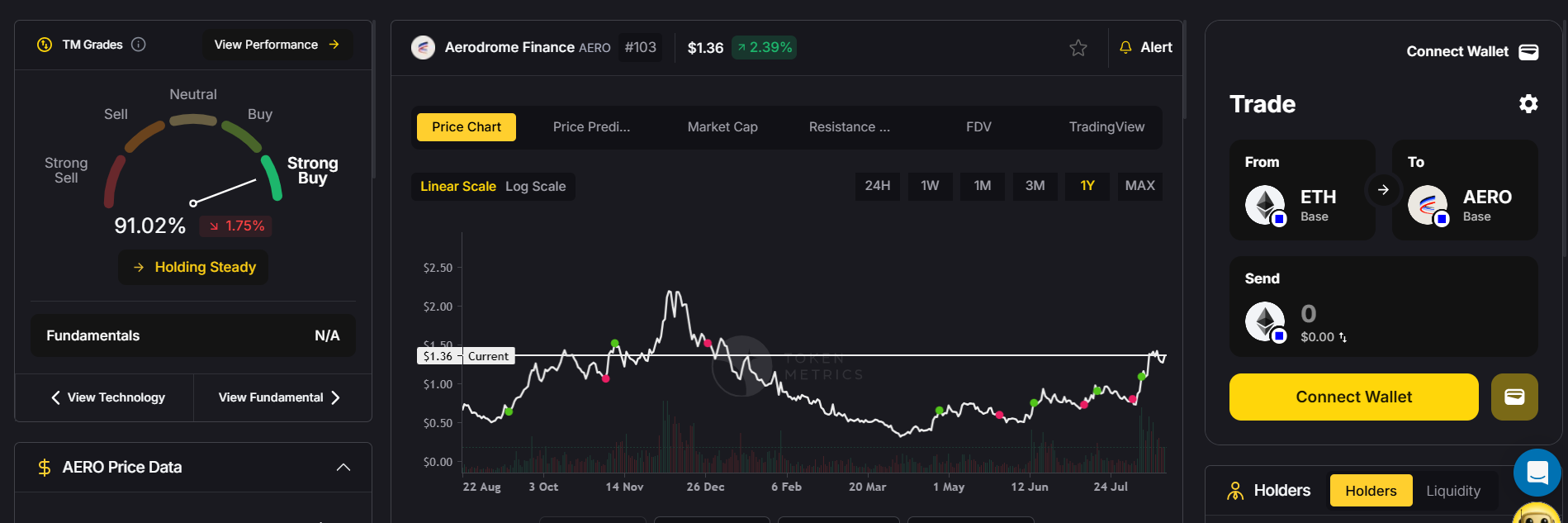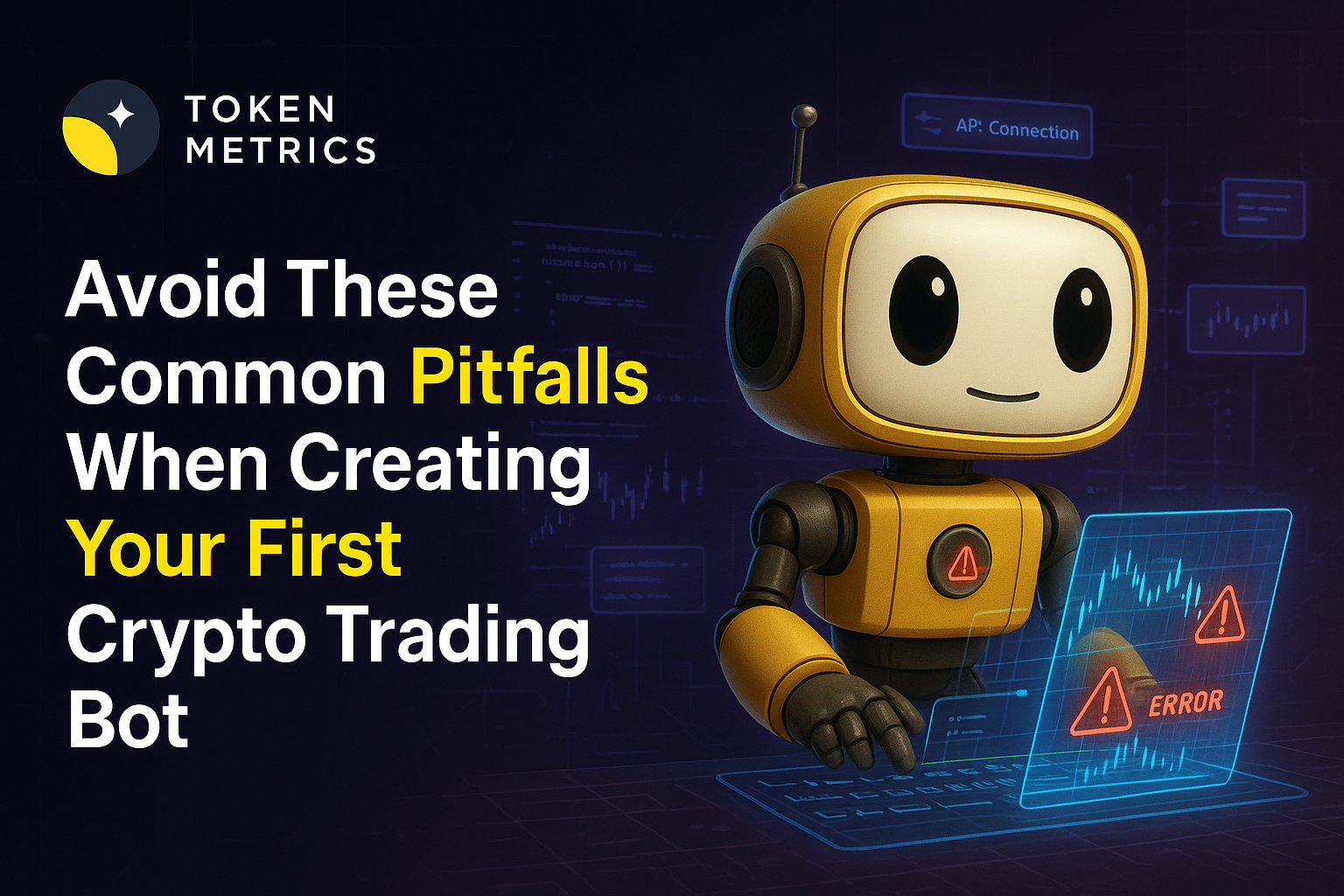
What Is Bitcoin Halving? Why It’s Crucial for Crypto Investors in July 2025

In the ever-evolving world of cryptocurrency, few events carry as much long-term impact as the Bitcoin halving. For seasoned investors and newcomers alike, understanding Bitcoin halving is essential—not just to grasp how Bitcoin works, but to predict major market cycles and capitalize on new investment opportunities.
In this comprehensive, SEO-optimized guide, we’ll break down what Bitcoin halving is, how it works, why it matters to crypto investors, and how you can use Token Metrics’ AI-powered tools to navigate the markets before and after a halving event.
What Is Bitcoin Halving?
Bitcoin halving (or “halvening”) is a programmed event that occurs roughly every four years, where the block reward given to Bitcoin miners is cut in half.
Why It Happens:
Bitcoin was designed to have a maximum supply of 21 million coins. To control the rate at which new BTC enters circulation, Bitcoin's protocol reduces the mining reward by 50% every 210,000 blocks (approximately every four years).
A Quick History of Bitcoin Halvings

The next halving is expected around 2028, reducing the reward to 1.5625 BTC per block.
Why Is Bitcoin Halving Important?
✅ 1. Reduces Inflation Rate
Bitcoin halving slows the issuance of new BTC. After every halving, the inflation rate of Bitcoin drops, increasing scarcity. This contrasts with fiat currencies, which are often inflated through central bank printing.
✅ 2. Triggers Supply Shock
With fewer BTC entering circulation daily, supply is reduced. If demand remains the same or increases, price tends to go up—basic supply and demand economics.
✅ 3. Creates Market Cycles
Historically, halvings have preceded bull markets:
- 2012 halving → 2013 bull run
- 2016 halving → 2017 bull run
- 2020 halving → 2021 bull run
- 2024 halving → expected 2025 bull market
Smart investors use halving cycles to time their entries and exits.
Bitcoin Halving Impact: Historical Price Movements

These stats show why every halving becomes a critical entry point for crypto investors.
How Token Metrics Helps Investors Navigate Bitcoin Halving Cycles

While Bitcoin halving is a macroeconomic event, profiting from it requires micro-level strategy and data. That’s where Token Metrics comes in—a powerful AI-driven crypto research and trading platform that helps investors take full advantage of post-halving market conditions.
🔍 Token Metrics Features That Help Post-Halving
1. AI-Powered Ratings

Token Metrics uses machine learning to analyze 6,000+ crypto assets daily, providing:
- Trader Grade – short-term momentum indicators
- Investor Grade – long-term fundamental quality
- Historical ROI Data – benchmark token performance over time
This is critical for identifying high-quality altcoins that typically surge after Bitcoin halvings.
2. Moonshots Engine – Discover Low-Cap Gems Early

After each halving, altcoins tend to follow Bitcoin’s lead. Token Metrics scans the entire market to detect undervalued low-cap tokens with 10x–100x potential.
Each Moonshot includes:
- Entry date and live ROI
- Market cap and 24H volume
- Trader Grade and historical signals
You can track live performance or buy instantly using the integrated on-chain swap widget.
3. Bullish/Bearish Signals

Token Metrics issues AI-generated buy/sell signals on Bitcoin, Ethereum, and altcoins—crucial during volatile post-halving periods.
Use these signals to:
- Confirm trend reversals
- Set automated alerts
- Capture optimal entry and exit points
4. Indices for Smart Diversification

Want exposure to multiple post-halving winners?
Token Metrics offers AI-managed indices by:
- Sector (AI, DeFi, RWA, Gaming)
- Theme (Moonshot, Low Cap, Top 100)
- Chain (Ethereum, Solana, Base)
These prebuilt portfolios allow you to ride sector rotations after Bitcoin surges.
5. Token Details Page

Every token has a detailed page including:
- Fundamental data
- Exchange listings
- Top wallet holders
- Live charting
- Real-time grade movement
Use this to evaluate new investments and manage risk during the halving cycle.
When Should You Invest Around Bitcoin Halving?
✅ Before the Halving
Best for accumulating Bitcoin or high-conviction altcoins while prices are consolidating.
✅ After the Halving
Smart traders rotate into altcoins once Bitcoin begins trending upward.
🧠 Use Token Metrics Moonshots and Signals to identify which tokens are gaining momentum post-halving.
Pro Tips for Bitcoin Halving Trading in 2025
- Don’t FOMO – Halvings are long-term cycles. Focus on quality entries and conviction.
- Diversify – Allocate across Bitcoin, Ethereum, and select altcoins using TM Indices.
- Set Alerts – Token Metrics lets you set custom alerts for price, volume, or grade changes.
- Use ROI Benchmarks – Compare your tokens against past halving performance using Token Metrics' historical tools.
- Build with AI Agents – Devs can use TM’s API & MCP Server to build bots that trade halving cycles automatically.
Final Thoughts: Why Bitcoin Halving Matters More Than Ever
The 2024 Bitcoin halving has already happened, and 2025 is positioned as a critical year for crypto investors. If history repeats, we’re in the early stages of the next major bull market.
But riding the halving wave requires more than blind luck. You need:
- Data-backed research
- Timing signals
- Portfolio strategies
- Altcoin discovery engines
With Token Metrics, you’re not guessing—you’re trading with AI precision, real-time alerts, and proven ROI frameworks.
Get Started Today
- ✅ Create your Token Metrics account: tokenmetrics.com
- 🚀 Explore Moonshots, Ratings, and Buy/Sell Signals
- 🧠 Use AI tools to trade smarter this halving cycle
🔔 Set alerts and never miss the next 10x opportunity

.svg)

Create Your Free Token Metrics Account

.png)




%201.svg)
%201.svg)


%201.svg)












.svg)




.png)